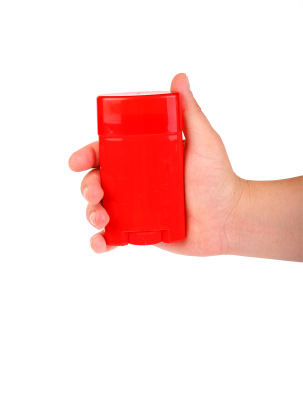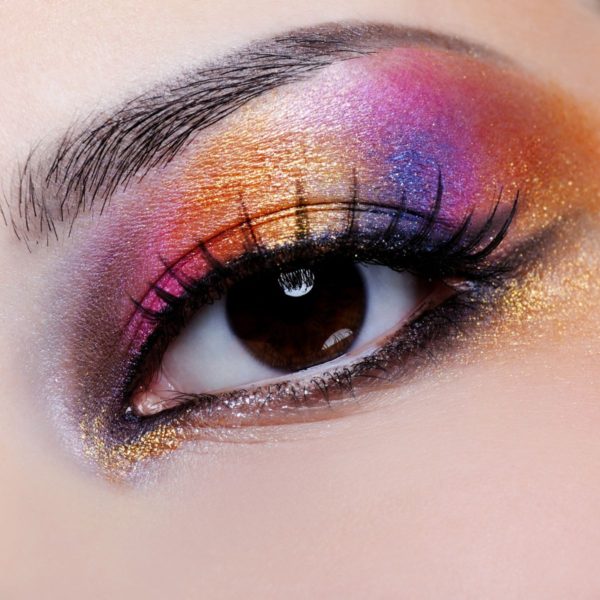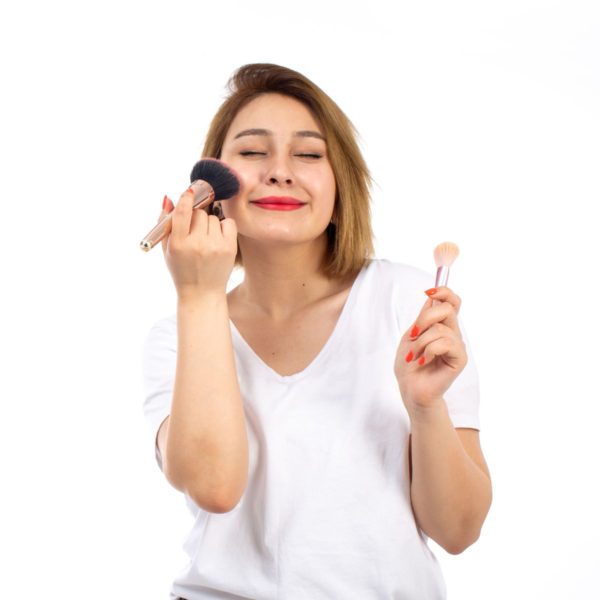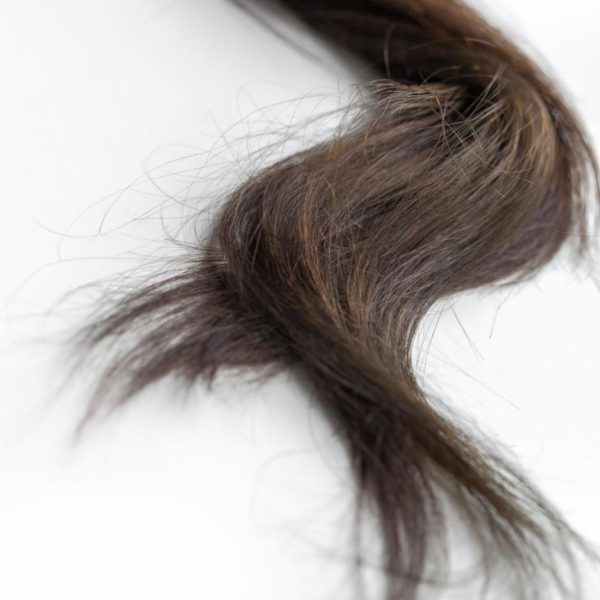All healthy human beings sweat. It is the body’s mechanism to keep this intricate machine working properly. When the temperature rises inside the body, we sweat and cool it down.
Our bodies have over 2.6 million sweat pores. Some of them are called Eccrine pores like the ones on our hands, legs and forehead, and they produce sweat without proteins, fatty acids and smell. The other kind, the Apocrine pores, are located in our armpits and genital areas. Those sweat pores usually end with a hair follicle and they contain fatty acids and proteins.
At its origin, sweat has no smell. But when it comes in contact with bacteria that lives on our skin, the bacteria metabolizes the protein, causing an odor. The cleaner the area is, the less bacteria is on the surface, and less odor will be created when the body sweats.
There are two kinds of odor preventive products and they work differently.
Types of Odor Preventive Products & How They Work
Deodorant: Deodorant is meant to take care of the smell by neutralizing and killing the bacteria that causes the smell.
Antiperspirant: antiperspirant, on the other hand, is meant to prevent us from sweating by blocking the seat pores. When the sweat pores are blocked, the bacteria has no protein to metabolize. The body still sweats, but in other areas that do not produce the proteins.
Most antiperspirants include some ingredients from the deodorant as well, which might be the reason why those two terms are mistakenly used interchangeably.
You might be surprised to find that antiperspirants are considered in the class of drugs in the USA, because they change the physiology of the body by clogging and blocking the pore with aluminum salts.
The upside of this situation is that they are regulated by the FDA which defines what can and can not be used in medications. Both deodorants and antiperspirants are considered safe. But that doesn’t mean they can not cause harm.
Read the label on your product. There are a few ingredients you should avoid in your deodorants and antiperspirants.
Cancer Causing Ingredients in Deodorants & Antiperspirants
Aluminum: The biggest problem is presented by the aluminum that is used to clog the pores. It appears on the labels as Aluminum chlorohydrate, aluminum zirconium tetrachlorohydrex, etc.
Recent studies show the possibility of a connection between high levels of aluminum in the body and breast cancer.
Since some of the aluminum is absorbed through the skin and accumulate in body fat, the accumulation of long usage can be significant. Research is being done to try and figure out why the location of the tumor is 8 times more likely to be on the armpit side of the breast.
Other studies show that the excess presence of aluminum in Alzheimer’s patients might have something to do with them getting the condition in the first place. Many symptoms of too much aluminum can appear as symptoms of dementia.
We absorb aluminum through our skin in our daily life from paint, coated materials and even fruit and vegetables.
The question researchers want to answer is: Does the use of those elements in antiperspirants increase the level of aluminum in the body? The conclusion is – it does.
Parabens: Have been debated for years because those preservatives are toxic petrochemical derivative. In the last 10 years, at least 13 studies have shown that some Parabens (methyl, ethyl, benzyl) are acting similarly to estrogen in lab animals.
Since estrogen promotes the growth of breast cancer cells, there is no need to add more through deodorants.
Talc: Talc has been reclassified as carcinogenic by the International Agency for Research on Cancer. The amount of the talc in antiperspirants and deodorants is unregulated.
Propylene Glycol: Is an additive that keeps the substance from drying out. It is a neurotoxin known to cause dermatitis, and in severe cases kidney and liver damage.
TEA & DEA: Are used in the mixture to convert acid to salt and eliminate the odor. Those two are already restricted in Europe.
Triclosan: Is known to kill odor causing bacteria as well as the good one. It is a skin irritant. Studies suggest that it might disrupt thyroid function. Stored in body fat it is classified as a pesticide by the FDA, and the AMA recommends that this substance should not be used at home.
All those ingredients are presented in deodorants and antiperspirants in trace amounts, but research has shown that they have an accumulative effect. Since we are exposed to toxins in our everyday lives anyway, why add to our exposure by putting something against our skins every single day of our lives?
There are some ingredients you should avoid in your deodorant and antiperspirant, and it is a small price to pay for staying healthy, longer.
Natural Deodorants You May Want to Try
It’s up to you to keep using harmful deodorants, maybe you’ll decide to stop using them at all. However, if you’re looking for natural alternatives, here we have created a list of some deodorants you may want to try. You may want to read each product review before ordering, they may offer good piece of advice if the product is right for you.
Disclaimer:
*In the spirit of full disclosure, this post contains affiliate links, which means that we may get a commission if you decide to purchase products recommended by us.
- Weleda Wild Rose Deodorant
: if you would like to smell like a rose. If you try it, you may never stop using it!
- Erbaviva Jasmine Grapefruit Organic Deodorant
: offers wonderful citrus smell, on the downside… it’s a bit pricey.
- Aubrey Organics Calendula Blossom Deodorant Spray
: if one above it’s too pricey, this one will cost you only around $9!
- Lafe’s Organic Baby Deodorant Spray, Mother to be
: one of the most natural deodorants out there, designed for mom’s to be, so we believe you can trust it!
- Lulu Organics Deodorant Cream Lavender & Clary Sage
: here is a great deodorant in cream if that’s something you would be interested in.
- Schmidt’s Deodorant Stick, Fragrance-Free
: want something plain and simple? That’s the one with no smell and designed for sensitive skin.









